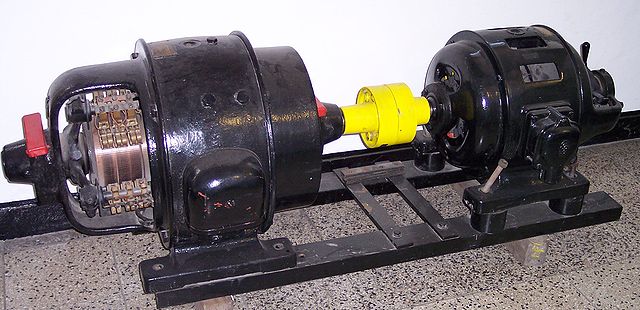If you try to sell an MCU to many large customers now they show no interest unless it has an ARM core
That however is a reasonable approach.
Nowadays, with a 168MHz core, 99% of applications can be done with 1 or 2 chips e.g. the 32F4xx. These have been around > 10 years, even the chinese do copies, the dev kits are free and well understood by anyone using them, the chips are $5 in quantity, and they are 10x to 100x fast enough for most jobs. I've just done a project with a 32F417 and I am certain I will not need to look at another CPU in the rest of my actuarial life expectancy (20 years). With ETH and USB done and working (not optimally but well enough) and with 21MHz SPI, I can do absolutely anything I have done since 1980 and absolutely anything I can imagine having to do. For highly specialised stuff e.g. a modern DSLR one needs specialised chips, but for nearly all "industrial control" and consumer stuff, more is not needed.
The most important thing is preserving in-house dev expertise, because devs tend to care little for "your" company, and love picking the latest fancy parts (good for the CV, too) so you have to steer them to using the right parts. You can always tell when some company doesn't do this correctly; you get crap like 10.1k resistors all over the place

I can show you some Honeywell autopilot schematics...
The Z80 performed this job for many years. There was simply no point in using the other "8/16" bit CPUs, for embedded work. And it had the massive advantage of a short learning curve. The RM was maybe 200 pages. All the product schematics ended up pretty much the same basic stuff. Today you have a 300 page DS, 2000 page RM, ~5000 pages ARM32 CPU RM... building up expertise with a popular chip has never been more important.
What buggered the Z80 and Zilog, before the right time, was the 64k addressing. IAR C got around it reasonably well with their Large Model but linear addressing have the 68k a good start. Had the Z80 had even 20 bit addressing, a lot of other chips would have never got off the ground.



 Recent Posts
Recent Posts

 I can show you some Honeywell autopilot schematics...
I can show you some Honeywell autopilot schematics...

 . maybe need clean the pcb first and change the capacitors .
. maybe need clean the pcb first and change the capacitors .